The Marvelous World of Watch Complications: A Journey Through Time
In the realm of horology, the term "complication" holds a fascination that extends beyond mere timekeeping. A watch complication refers to any feature in a mechanical watch that goes beyond the simple display of hours, minutes, and seconds. These marvels of engineering not only showcase the mastery of watchmakers but also serve as a bridge connecting us to the history and art of timekeeping.
The Essence of Complications
Watch complications are the heartbeats of the horological world, pulsing with the ingenuity and craftsmanship of centuries. They represent the pinnacle of watchmaking, where function meets art in a dance of gears and springs. From the practical to the purely aesthetic, complications tell a story of human endeavor to master time and space.
The Classic Trio: Date, Day, and Moon Phase
- Date complication: This is the more common of the two, providing the date of the month via a window on the watch dial. The date changes automatically at midnight, though manual adjustment is needed in months with fewer than 31 days.
- Day complication: Less common than the date feature, this displays the day of the week, also through a window on the dial. It automatically advances at midnight to the next day.
Both complications add practicality to a watch, allowing wearers to quickly check the current date or day at a glance. Some watches incorporate quick-set features, enabling easy adjustment of the day or date without affecting the time setting. Whether separate or combined, these features enhance the functionality of a timepiece, making it more useful for daily wear.
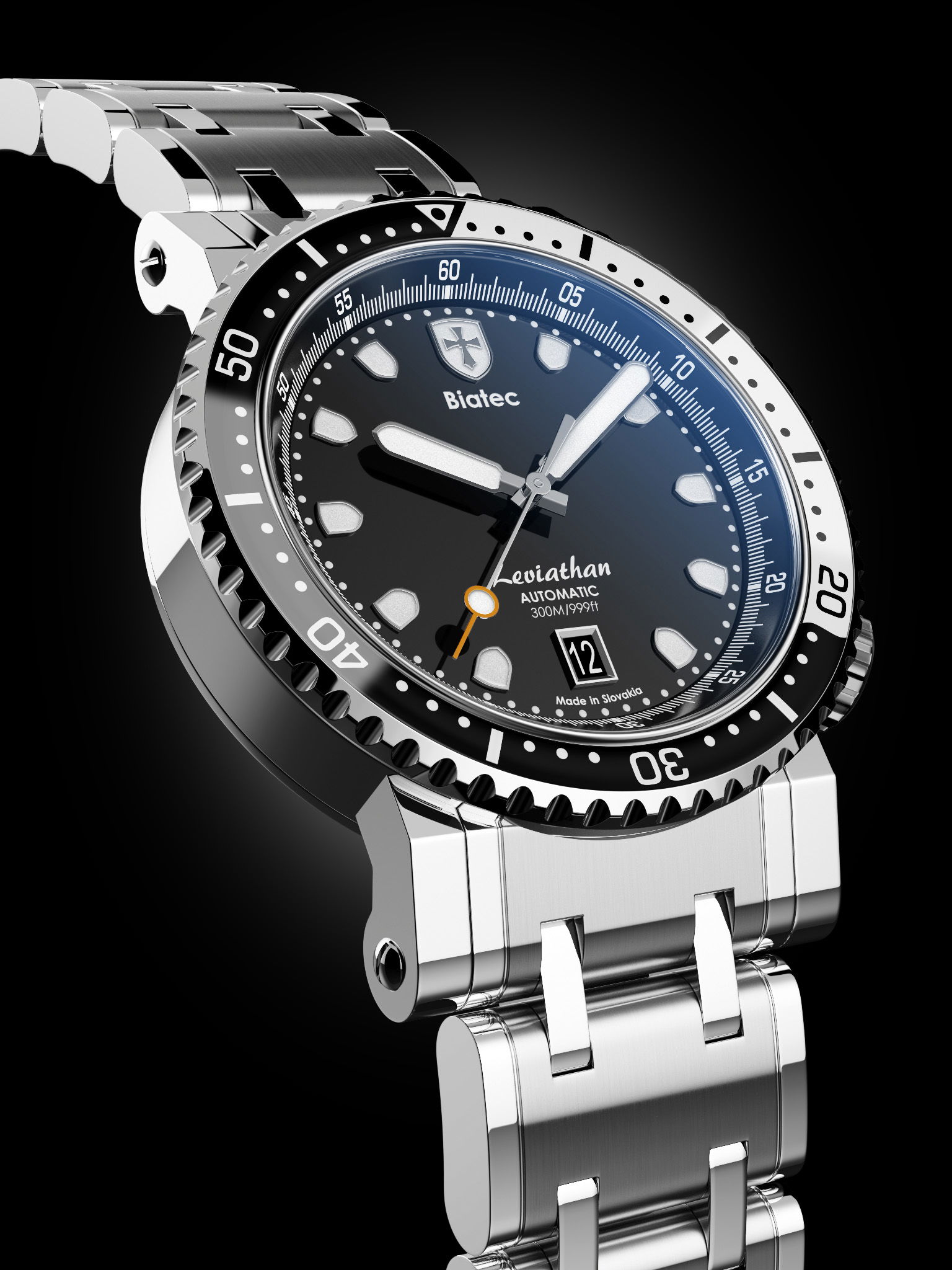
A moon phase complication in a watch displays the current phase of the moon as it appears in the sky. This function shows the progression of the moon through its phases: new moon, first quarter, full moon, and last quarter. The moon phase is represented on the watch dial through a small aperture or subdial, where a rotating disk with two moon representations moves to show the moon's phase against a background, often stylized to represent the night sky.
The moon phase complication is not only a beautiful and intriguing addition to a watch but also serves a practical purpose for those who need to track the lunar calendar, such as astronomers, fishermen, and farmers. The mechanism works through a gear train added to the basic movement of the watch, which typically has a 29.5-day cycle to mirror the average lunar month. Since this cycle does not perfectly match the lunar month's actual length (about 29.53 days), moon phase watches may require occasional manual adjustment to maintain accuracy.
Moon phase watches are considered a classic example of fine watchmaking, combining technical skill with artistic design. They appeal to watch enthusiasts who appreciate the mechanical ingenuity and aesthetic charm of traditional horological complications.
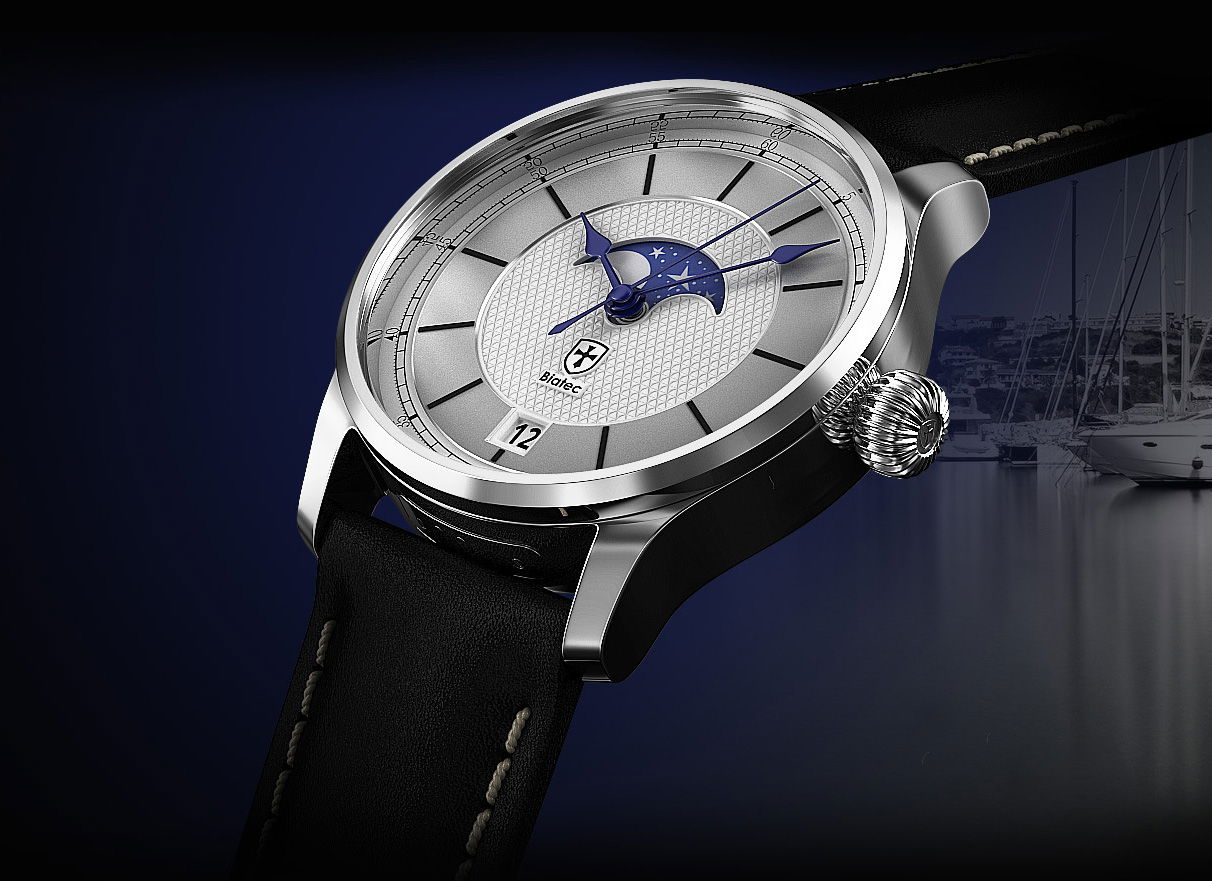
The Adventurers: Chronograph and GMT
A chronograph is a versatile type of watch that combines traditional timekeeping with the ability to measure time intervals, similar to a stopwatch. It is equipped with additional dials, known as sub-dials, for tracking minutes, seconds, and sometimes hours elapsed. Additionally, chronographs feature pushers on the case side to activate, stop, and reset the timing function, all without impacting the main time display.
Chronographs are available in both mechanical and quartz versions. Mechanical models are admired for their complex construction and craftsmanship, involving numerous gears and springs, while quartz models offer precision and ease of use at a more accessible price point. These watches are popular among those who appreciate functionality and style, including sports enthusiasts and professionals who value the ability to measure time precisely. Some chronographs also come with extra features, such as tachymeter scales for calculating speeds or distances, enhancing their utility and appeal.
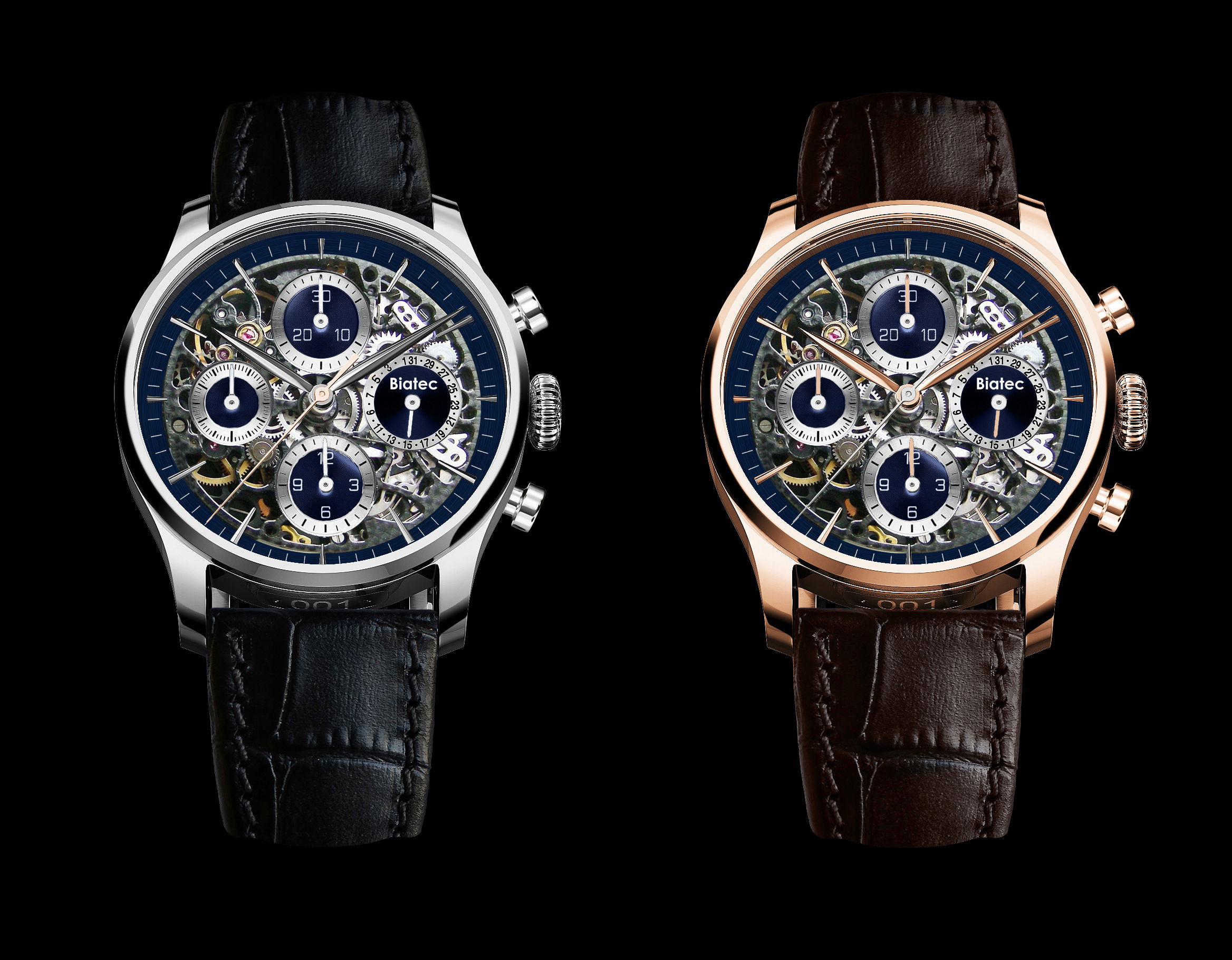
GMT stands for Greenwich Mean Time, a time standard that was once the basis for international civil timekeeping and is the mean solar time at the Royal Observatory in Greenwich, London. GMT is no longer the basis for civil time but remains an important reference time for aviation, computing, and telecommunications. It is effectively the same as Coordinated Universal Time (UTC) when fractions of a second are not important.
In the context of watches, a GMT watch refers to a timepiece that can display more than one time zone at once. Typically, a GMT watch has an additional hour hand and sometimes a bezel with a 24-hour scale, allowing the wearer to keep track of time in two or more time zones. This feature is particularly useful for travelers and pilots who frequently move across time zones and need to easily reference time in different locations. The additional hour hand rotates once every 24 hours and can be set independently of the standard hour hand to indicate a second time zone, often in conjunction with the bezel to read a third time zone.
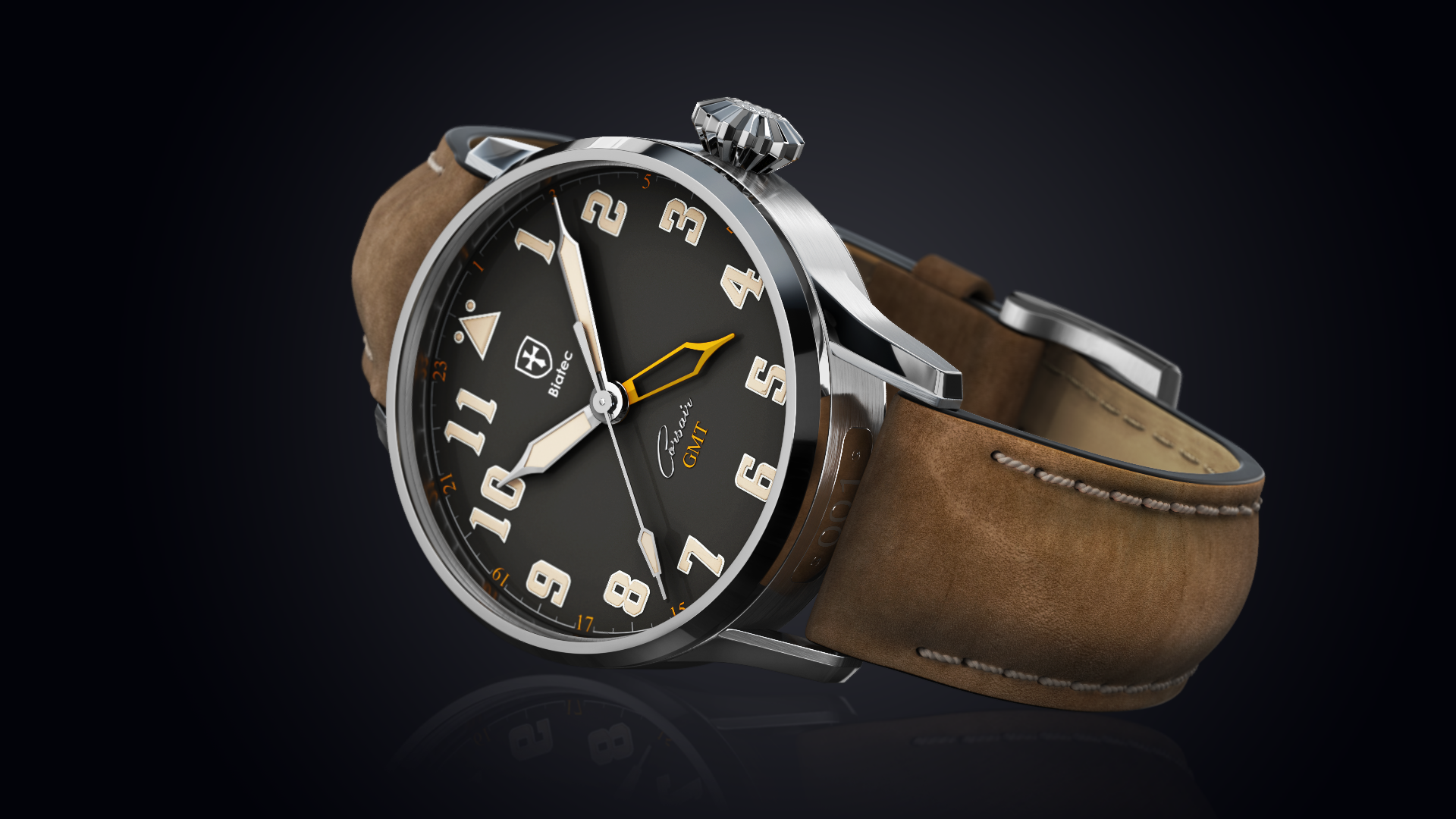
The Epitome of Complexity: Tourbillon
A tourbillon (French for "whirlwind") is a complex feature in mechanical watchmaking designed to improve the accuracy of timepieces. Invented in 1795 by Swiss watchmaker Abraham-Louis Breguet, the tourbillon aims to counter the effects of gravity on the escapement and balance wheel, parts of a watch that are crucial for maintaining accurate time.
In a traditional mechanical watch, these components can be affected by gravity when the watch is in a certain position, leading to slight inaccuracies. The tourbillon mechanism addresses this issue by housing the escapement and balance wheel in a rotating cage. This rotation, typically completing a full turn every minute, averages out positional errors caused by gravity.
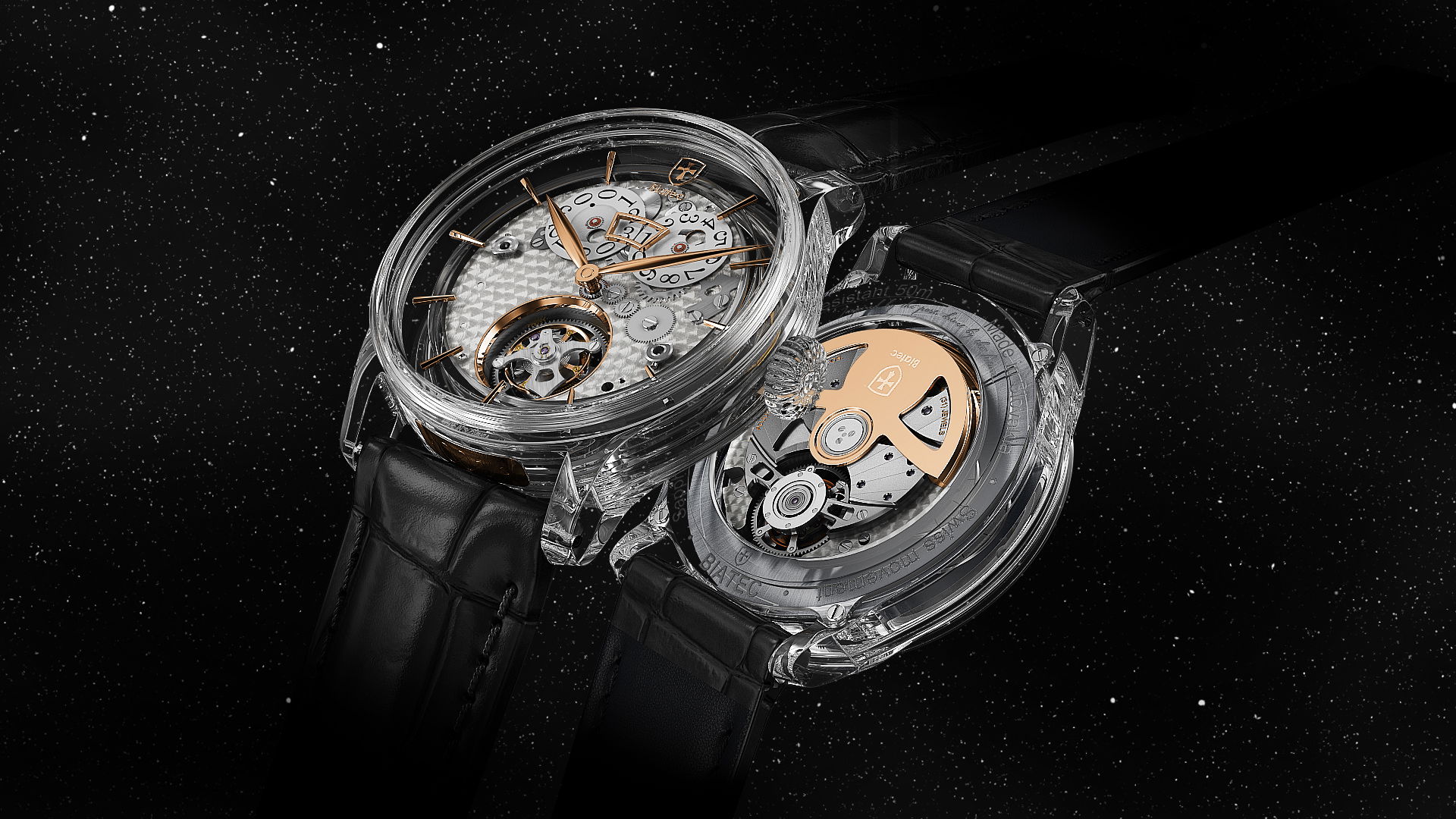
Conclusion: A Testament to Human Ingenuity
Watch complications are far more than mechanical novelties; they are a testament to the enduring human quest for precision, beauty, and mastery over time. Whether through the simple addition of a date window or the complex orchestration of a perpetual calendar, these features invite us on a journey through the history and artistry of watchmaking. In the ticking of a watch, we find not just the measurement of time, but the celebration of human achievement.

This exploration into the world of watch complications reveals the depth and breadth of horological craftsmanship. From the simplest date display to the complexity of a tourbillon, each complication tells a story of innovation, precision, and artistry. As we wrap up this journey, it's clear that the fascination with watch complications is not just about the technical mastery they represent, but also about the connection they forge with time itself, a reminder of its passage and our place within it.